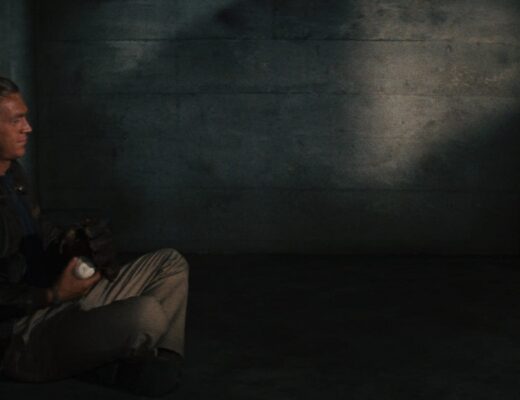When your oeuvre is primarily composed of operas, it’s easy to regard a short chamber piece as your most accessible work. This is the mentality that Philip Glass brought to composing Glassworks, his first major success and, to many, his magnum opus. Glass was no stranger to music of any genre, growing up in a family of musicians and eventually studying at Juilliard, but until that point he was fairly limited to theatrical spaces. Spending his days in ’60s Paris with a group of musicians and theater actors was certainly an incredible and influential resource to him at the time, but there’s a ceiling to the success (and income) that come from such an insular artistic community, and Glass wanted to reach more people with his work. As he continued to compose scores and operas across the 1970s, this potential tilt toward something more commercial (relatively speaking) remained at the fore of his mind. There’s no denying that his work was modern, but to get an average audience to listen to a 3-hour historical opera would need more than his particular flourishes to widen his appeal. After the premiere of Satyagraha in 1980, and with pay coming in for his work on Koyaanisqatsi, Glass set out to create a piece that could be “listened to through a Walkman.”
There are six movements in Glassworks, ranging from 1-11 contributing instruments on each. Layers are built, initially by the piano, with a set of several chords broken apart and repeated for multiple phrases. There are moments here that will be seen again in the most notable work of Glass’s future career, from Solo Piano nearly a decade later to Ankhatan the following year. The record’s sound is as unique as a signature, subscribing to the ideology that less is indeed more, and immediately following Glassworks’ open, an intense array is released, with quick moving saxophones, flutes, and synthesizers dominating the soundscape. There are multiple masterings of this piece, but one of the most interesting is the cassette release, “specially mixed for your personal cassette player.” Still, listening now in the digital age, its timelessness is still easily articulated, with each percussive note hitting a little bit harder than the last in what feels like a unique expression of sonic containment. There’s a distinct authenticity at play — one that musicians have often since tried and failed to replicate — an earnestness to what otherwise seems willfully outside the normal bounds of sound.
The final movement “Closing” repeats the same themes heard toward the beginning, but here in a softer tone and with closer harmonies, offering up a sort of reverence for what has been played immediately before it. It’s a thematically fitting send-off for Glassworks, so influential would it be for the many to follow in Glass’s footsteps, from popular movie scores from the likes of Hans Zimmer sought to transmute similar emotions across a screen, or the minimalist work of Brian Eno. In their own idiosyncratic sound, these artists each return to the basics that Glass set forward, across all of his work, yes, but particularly and most thesis-like with Glassworks. That was gambit proved successful for Glass is almost incidental to its legacy, but successful it was, bringing him immense popularity and funding for further work that would continue to inspire a generation of artists. An era of minimalism was conceived of and defined by Glassworks, a record that set one of the most enduring standards of recent musical history.
Part of Kicking the Canon – The Album Canon.







